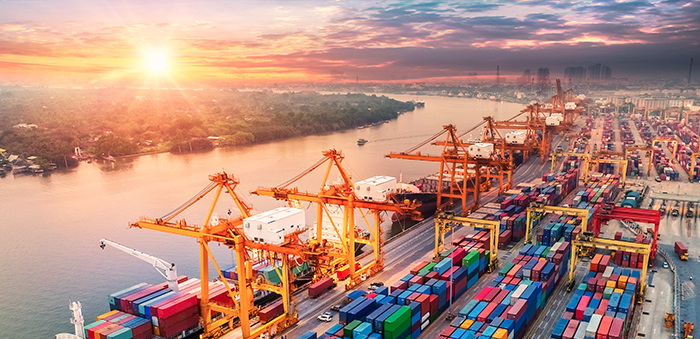The road to global economic resilience

Ten years ago, the global financial crisis forced entire industries to the brink of collapse, and pushed countries around the world into recession. Yet despite the hard lessons of 2008 and 2009, the resilience of the global economy is as weak today as it was then.
Slowing global economic growth, higher debt burdens both in the public and private sectors, weaker financial market structures overly dependent on Central bank interventions and a trend towards isolationism are current conditions that leave us at significant risk1. It’s time for the public and private sectors to take steps to build economic resilience and strengthen the capacity of a system to regenerate after a shock.
The public and private sectors have a shared interest in establishing a solid macroeconomic environment. And the good news is that there are numerous steps governments and corporations can take to strengthen the global economy. These include, among others:
Encourage private capital market solutions
The private sector should step up to offer a stronger contribution to societal problems like the global retirement savings gap and healthcare costs, reducing government liability. The global retirement savings gap is estimated to be an unimaginable USD 400 trillion by 20502.
Support sustainable investing
Adopting a common language around sustainable finance, establishing a market consistent regulatory framework for Environmental, Social and Governance (ESG) investments, and increasing the importance of ESGs in financial analysis is key.
Expand Public Private Partnership (PPP) to close the infrastructure gap
Address the huge global infrastructure financing needs of USD 3.3 trillion a year3 and help relieve the burden on government budgets by tapping long-term investors’ assets. PPPs boost efficiency, distribute risk and reduce pressure on government budgets. Standard dispute resolution practices are needed on this front.
The re/insurance industry has a role to play in all of the above. On the one hand, insurance is an automatic stabiliser for households and businesses, facilitating a speedy recovery in the event of a loss. On the other, re/insurers are long-term investors that can act as shock absorbers in financial markets and deploy capital to productive areas of an economy. By being active on both sides, and by continuing to extensively research these topics, Swiss Re contributes to closing the global protection gap and strengthening the shock absorption capacity of societies.
1 See sigma 5/2018, “Global economic and insurance perspectives”
2 See WEF (2018), “We’ll Live to 100 – How Can We Afford It?”
3 McKinsey estimates global infrastructure financing needs of USD 3.3trn annually through 2030 just to support expected economic growth rates. See McKinsey Global Institute (2016), “Bridging Global Infrastructure Gaps”